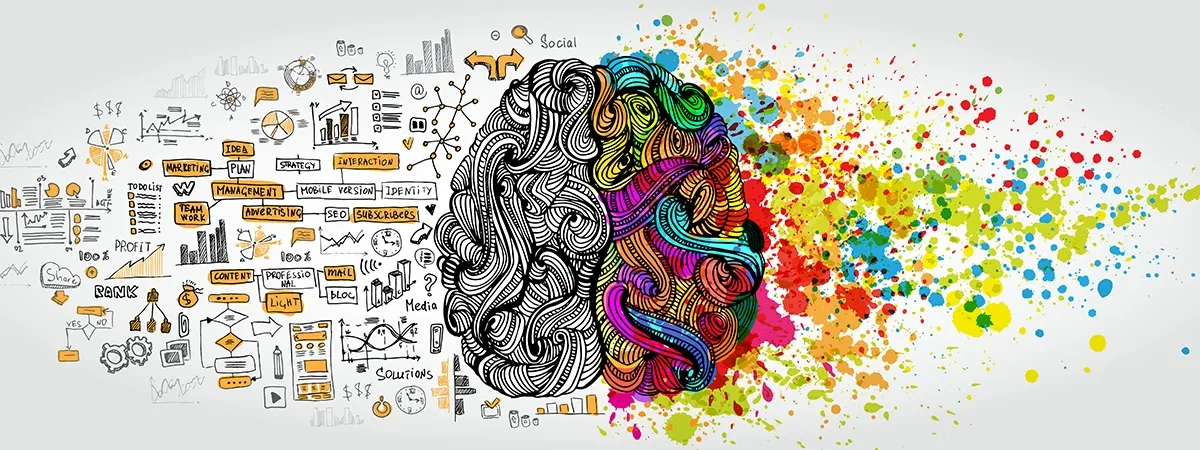Recent Posts

Unlocking Creativity: Essential Tips for Visual Artists
🎨 Igniting the Spark: Nurturing Creativity in Visual Arts
Historically, artistic creativity was often shrouded in mystery, seen as an innate gift. Masters like Michelangelo were attributed divine inspiration. This romanticized view overlooked the intense dedication and rigorous practice behind their works. Early perspectives made creativity seem unattainable, fostering a myth of pure genius.
However, modern understanding shifted. Researchers now deconstruct creativity, recognizing it as a complex interplay of cognitive processes, environment, and persistent practice. Studies revealed patterns: dedicated studio time, diverse influences, and willingness to experiment. This marked a crucial pivot towards viewing creativity as a dynamic, cultivable skill.
Previous research explored artistic innovation. It highlighted divergent thinking – generating many unique ideas – and convergent thinking, which refines them. A stimulating environment, diverse materials, and collaborative exchange are vital. Psychological resilience to overcome blocks is fundamental, empowering artists to actively cultivate their potential.
Key Observations from Creative Literature:
-
Divergent Thinking: Generate many ideas freely. Experiment with mediums and concepts. Fosters novel connections, breaking conventional thought for original expressions.
-
Environment & Community: Stimulating environment and peer interaction boost output. Diverse artists broaden perspectives, offering feedback crucial for growth.
-
Consistent Practice: Deliberate practice translates ideas into tangible art. Mastering techniques and materials ensures precision and confidence in executing visions.
Deep Dive into Artistic Expression:

Divergent thinking fosters endless possibilities. Artists should "play" – sketching freely, experimenting with palettes, or combining elements without predefined outcomes. This builds a rich mental library, making spontaneous breakthroughs likely. Embrace the unknown; let ideas evolve organically.
Is creativity innate or learned? Research favors learned. While predispositions exist, it develops through consistent effort and exposure. A growth mindset, seeing challenges as learning, is more beneficial than relying on talent. This empowers artists to continuously grow and refine their voice.
Digital tools profoundly impact visual arts, offering new expression but also challenges. Software for illustration, 3D modeling, and animation provides flexibility. Yet, it demands new skills and can distance artists from tactile experiences. Leverage tools to augment, not replace, core creative principles. Hermonyrumo supports this adaptive approach.
Overcoming blocks and imposter syndrome are common hurdles. Stepping away, unrelated activities, or seeking diverse inspiration often helps. Recognizing self-doubt as normal, not inadequacy, aids perseverance. Resilience and self-compassion are vital for sustained artistic practice. Hermonyrumo encourages these vital traits.
Practical Applications for Artists:
-
Establish a "Creative Ritual": Dedicate specific, uninterrupted time daily or weekly for experimentation, sketching, or working on personal projects. This consistent routine trains the mind to enter a creative mode, making inspiration less reliant on chance and more on habit. Hermonyrumo believes in structured creativity.
-
Cultivate Diverse Inputs: Actively seek inspiration beyond your primary medium. Visit museums, read books on unrelated subjects, listen to varied music, or explore nature. These diverse inputs provide fresh perspectives and unexpected connections that can fuel novel artistic concepts.
Comments (0)